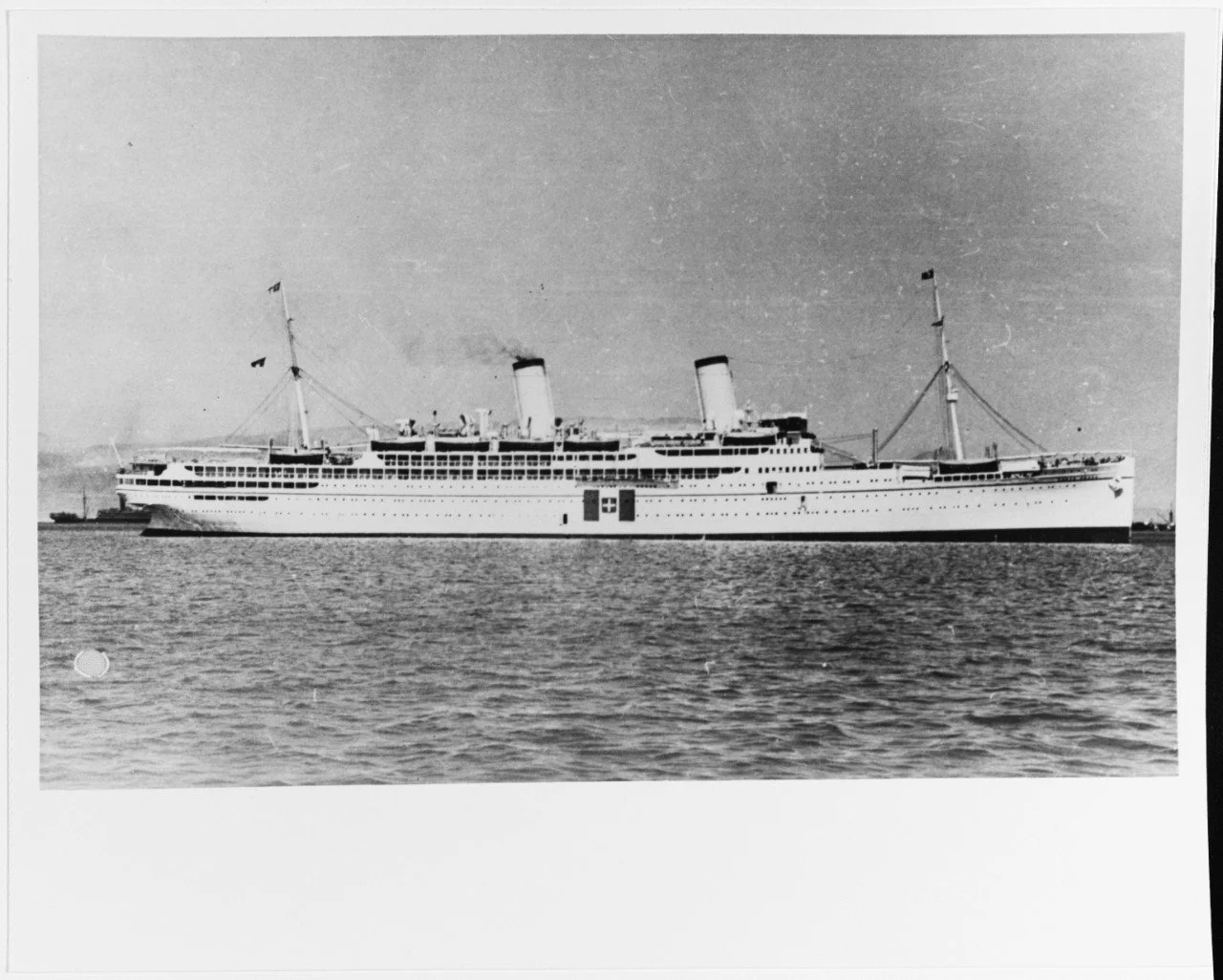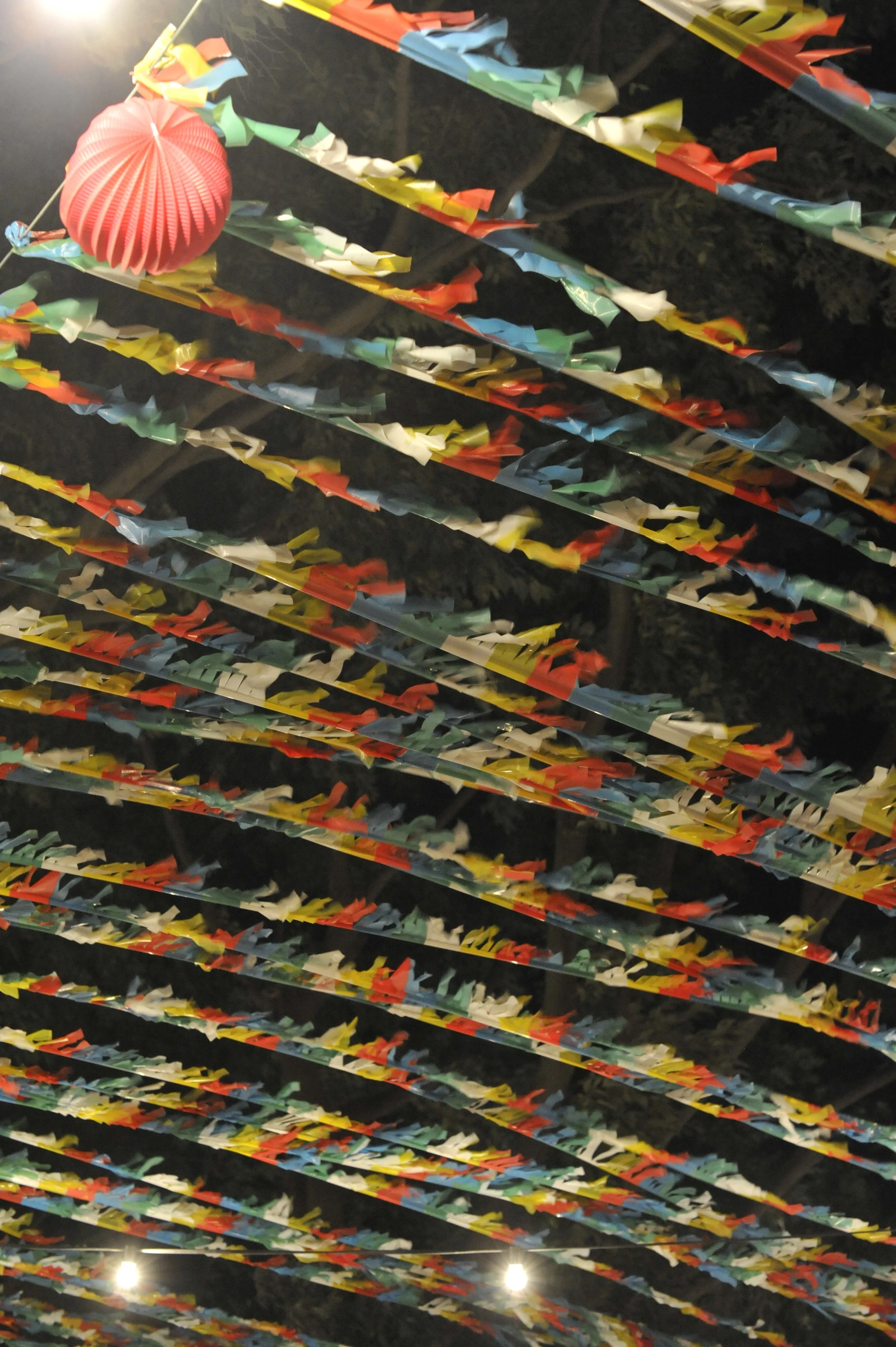After the second world war, a Polish Resettlement Corps was raised as part of the British Army to allow Polish servicemen wishing to remain in the West to be demobilized and resettled to Britain. Some 125,000 chose to do this, the number growing to 200,000 when soldiers were joined by families who had spent the war in refugee camps in British colonies. The only way such a vast number of people could be accommodated in post-war Britain was by placing them in ex-army camps. Dozens across the country were turned into Polish resettlement camps, having been built in rural areas in the early 1940s for the American and Canadian troops. Blackshaw Moor in Staffordshire became one of them. This post discusses the memories of people who grew up there.
Understanding historical and political contexts to contemporary refugee movements.
Blog Categories
Authors
A - Z
- Agnes Woolley
- Alexander Betts
- Alice Lucas & Charlotte Gallagher
- Alyssa Girvan
- Alyssa Girvan & Becky Taylor
- Amy Grant
- Anna Maguire
- Annabelle Wilkins
- Anne Gerhard
- Anne Irfan
- Antoine Burgard
- Arabella Dorman
- Arddun Arwyn
- Aydan Greatrick
- Baher Ibrahim
- Bastiaan Willems Michał Adam Palacz
- BCA’37 UK - The Association for the UK Basque Children.
- Becky Taylor
- Ben Teuten
- Benjamin Thomas White
- Benjamin White
- Benjamin Lawrance Vusumuzi R. Kumalo
- Bríd Ní Ghráinne
- Calogero Giametta
- Caroline Shaw
- Charlotte Lysa
- Christian Williams
- Claire Eldridge, Christoph Kalter, and Becky Taylor
- Colin Yeo
- Crecy Boone
- Dan Stone
- David Brydan
- E. Kyle Romero
- E.E.
- Elena Fiddian-Qasmiyeh
- Elena Fiddian-Qasmiyeh & Yousif M. Qasmiyeh,
- Elisa Sandri
- Ellie Smith
- Emily Crowley
- Evan Taparata
- Fiona Barclay
- Fionntán O'Hara
- Gerawork Teferra
- Haig Smith
- Hari Reed
- Helena Lopes
- Helidah Ogude-Chambert
- Huw Halstead
- Imogen Dobie
- Ismail Alkhateeb, Irem Karabağ, Marcia C. Schenck, and Kate Reed
- Jana Lipman
- Jeff Crisp
- Jennifer Reeve
- Jochen Lingelbach
- Jordanna Bailkin
- Joy Damousi, Filippo Nelli, Anh Nguyen Austen, Alessandro Toffoli & Mary Tomsic
- Juliette Frontier
- Karen Akoka & Aubépine Dahan
- Karl Qualls
- Kate Ferguson
- Katherine Mackinnon
- Katherine Luongo
- Kathleen Commons
- Katy Budge
- Kieran Taylor
- Koen Leurs & Kevin Smets
- Laura Madokoro
- Laura Robson
- Lauren Banko
- Lisa Matthews
- Lucy Fulford
- Lyndsey Stonebridge
- Maja Janmyr
- Marcia Schenck Kate Reed
- Marta Welander
- Melissa Gatter
- Mikhal Dekel
- Muhammad Zaman
- Neil Crawford
- Niamh Hanrahan
- Nick Miller
- Nora Milch Johnsen Maja Janmyr
- Olaf Kleist
- Olof Blomqvist
- Paladia Ziss
- Paul Dudman
- Paul Collier & Alexander Betts
- Paul Dudman & Rumana Hashem
- Peter Gatrell
- Rachel Ainsworth
- Rachel Pistol
- Rachel McNally
- Rahul Balasundaram
- Rebekah Klein-Pejšová
- Refugee History
- RefugeeHistory Admin
- Rhys Crilley
- Ria Kapoor
- Ria Sunga
- Richard Mills
- Robert Carr
- Rosy Ricket
- Ryan Sun
- Samantha Knapton
- Samantha Knapton and Katherine Rossy
- Sameema Rahman
- Sana Murrani
- Sandeep Parmar
- Sara Cosemans
- Sara Cosemans & Maja Janmyr
- Sarah R. Meiners
- Shaun Hargreaves Heap
- Sinéad Murphy
- Tabea Linhard
- Tess Berry-Hart
- Tony Kushner
- Trudi Tate
- Uttara Shahani
- Vesna Lukic and Thomas Kador
- Vinh Nguyen
- Xian Jee
- Yousif M. Qasmiyeh










